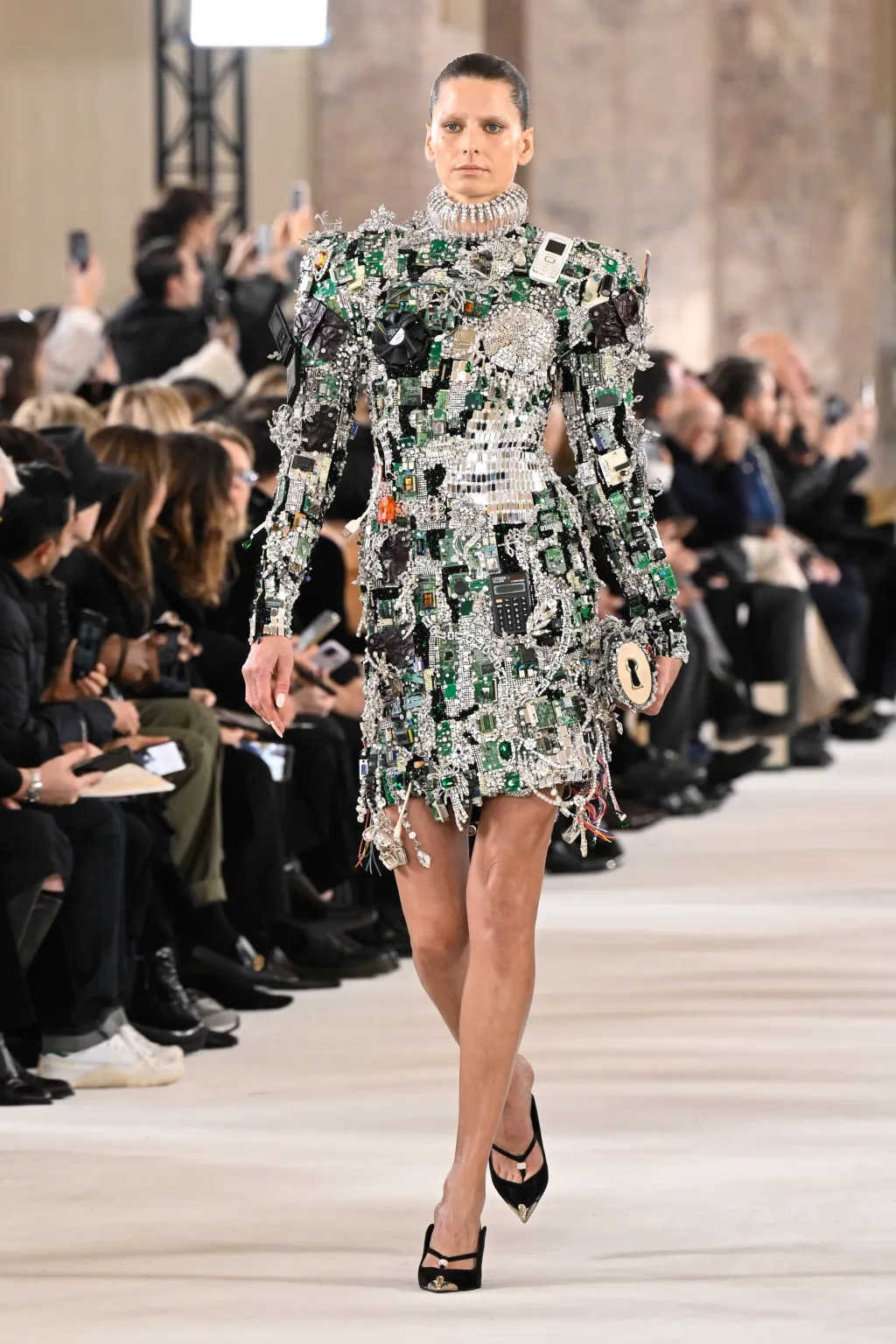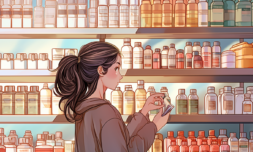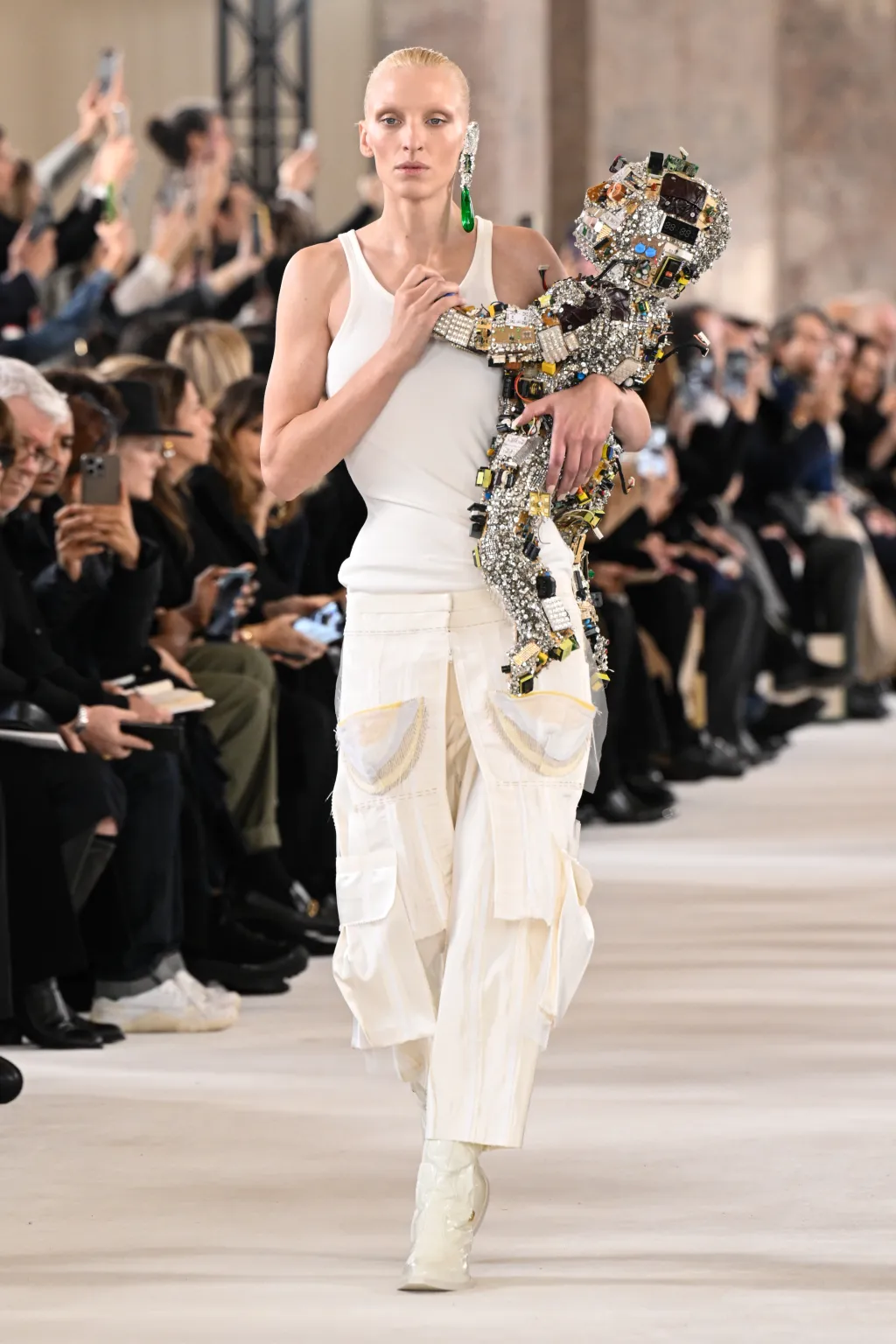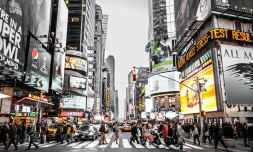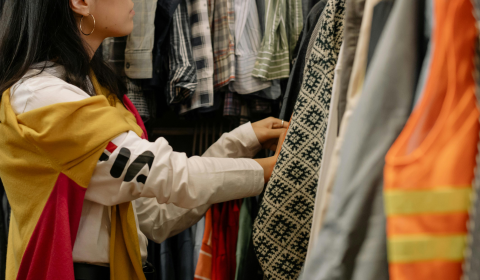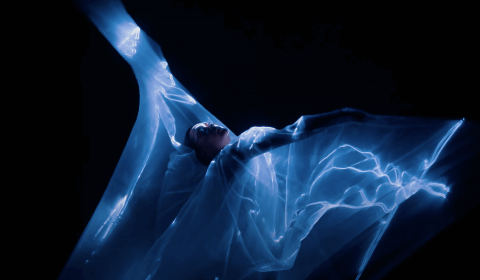When it comes to sustainability, the fashion industry typically makes headlines for being a wasteful polluter. At the latest Schiaparelli show, the brand’s head designer transformed e-waste into clothing that is both upcycled and beautiful.
What do the fashion and tech industry have in common?
To start with, both industries are extremely resource heavy. The fashion industry relies on many non-renewable resources, using 79 trillion litres of fresh water per year. In fact, making the clothing we wear generates 20 percent of all global wastewater annually.
Meanwhile, our beloved smartphones, tablets, and computers are comprised of a mosaic of precious metals including aluminium, cobalt, copper, gold, palladium, platinum, silver, tantalum, tin, and tungsten.
These metals are found at varying depths beneath the earth’s surface, requiring intensive mining to obtain them. This process uses large amounts of fuel, produces tons of runoff waste water, and disturbs all natural life in the surrounding area.
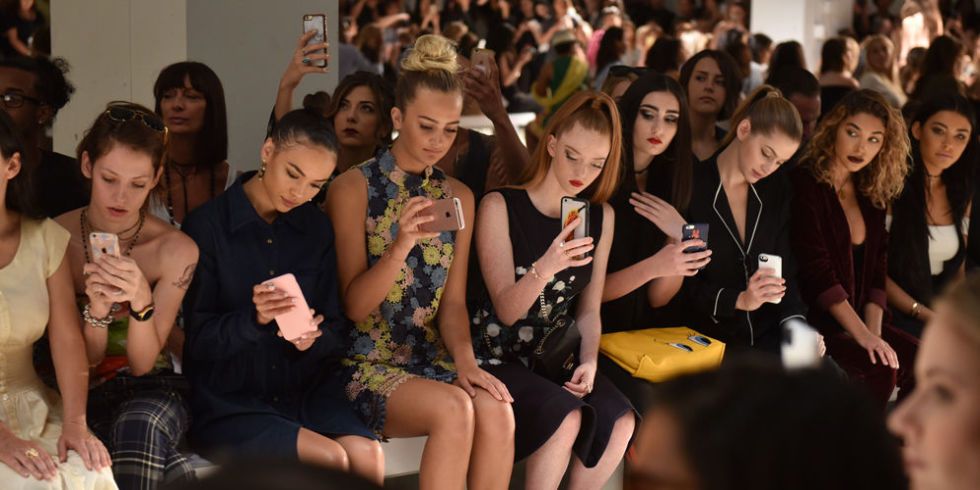
The social impacts of fashion and technology have also become inextricably interlinked, too.
The advent of social media and smartphones has changed our shopping habits, altered our perception of style, and accelerated the speed of trends all while enhancing accessibility to fashion.
A large portion of garments are worn and photographed for social media only to be banished to the ‘off-trend’ mere weeks later. It’s also not uncommon to upgrade to the latest smartphone without rhyme or reason, but just because.
In this way, technology and fashion are fall into the same category. They are essential and valuable items, yet both have extremely short lifespans.
So what if we could combine waste from one of these industries to make something beautiful for the other?
This overlap was exactly the what Daniel Roseberry had in mind as he went about creating the Spring/Summer 2024 collection for Schiaparelli’s latest fashion show.
He thought carefully about the tensions between digital and physical, present and past, reality and fantasy, and decided to name his show Schiaparalien – an imagined representation of what high fashion would look like in the future, if humans eventually live on planet Mars.
